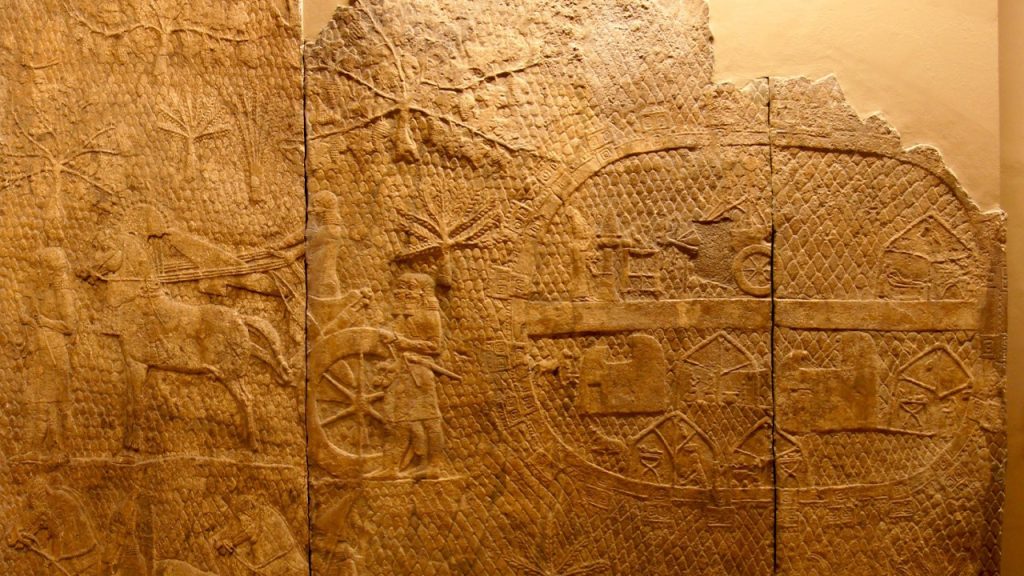Independent scholar Stephen Compton claims to have discovered evidence in Israel that may corroborate an epic biblical account of an angel of the Lord wiping out 185,000 Assyrian soldiers. Utilizing modern mapping techniques, Compton believes he has found ancient Assyrian military camps dating back to around 700 B.C. This discovery is also detailed in Assyrian texts, Greek histories, and the Hebrew Bible, potentially verifying passages such as 2 Kings 19:35; Isaiah 37: 36-38 and 2 Chronicles, 32:21.
Compton’s findings have been detailed in the journal Near Eastern Archaeology and he has shared with Fox News Digital the historical significance of his discovery. The scholar pointed out that the city of Lachish was one of the important cities conquered by the Assyrians, as mentioned in both the Bible and Assyrian documents. Sennacherib, an Assyrian King, had a relief depicting the conquest of Lachish and his military camp, which is now on display in the British Museum. Compton’s research involved matching the landscape to the relief from Sennacherib’s palace and using early aerial photographs of Lachish to pinpoint the site of the military camp.
The oval shape of Sennacherib’s military camp played a crucial role in narrowing down Compton’s research. By aligning the relief with recognizable features in the landscape and overlaying the two, Compton was able to successfully locate the site. He used earlier photographs from World War II, taken before modern development occurred, to confirm the match. The scholar hopes that an archaeological excavation team will investigate the site further to provide additional information and insights into this significant discovery.
Compton expressed his excitement at having found the spot and is optimistic about the potential for further archaeological excavations to shed more light on the historical context of Sennacherib’s invasion camp. The location, position, dates, and name of the military camp all align with the historical information available about Sennacherib’s invasion, further supporting Compton’s claims. The scholar’s hopes are that future excavation efforts will reveal more about this important site and provide a deeper understanding of its significance in ancient history.
This discovery holds particular interest as it may offer substantial evidence supporting the biblical account of the angel of the Lord wiping out the 185,000 Assyrian soldiers. The presence of ancient Assyrian military camps, as indicated by Compton’s research, alongside other historical sources, including Assyrian texts and Greek histories, provide a strong foundation for the biblical narrative. By locating and mapping these sites, Compton has added valuable insights into the historical events surrounding the Assyrian invasions and conquests, shedding new light on this period in ancient history.
The detailed research and methodology employed by Compton in identifying the site of the ancient Assyrian military camp showcase the significance of interdisciplinary approaches in archaeology and historical investigations. By combining evidence from different sources, including ancient texts, reliefs, and modern mapping techniques, scholars like Compton are able to piece together a more comprehensive understanding of past events. The potential for further excavation at the site holds great promise for unveiling more about the Assyrian presence in the region and the vast implications of this discovery on our understanding of ancient history.













